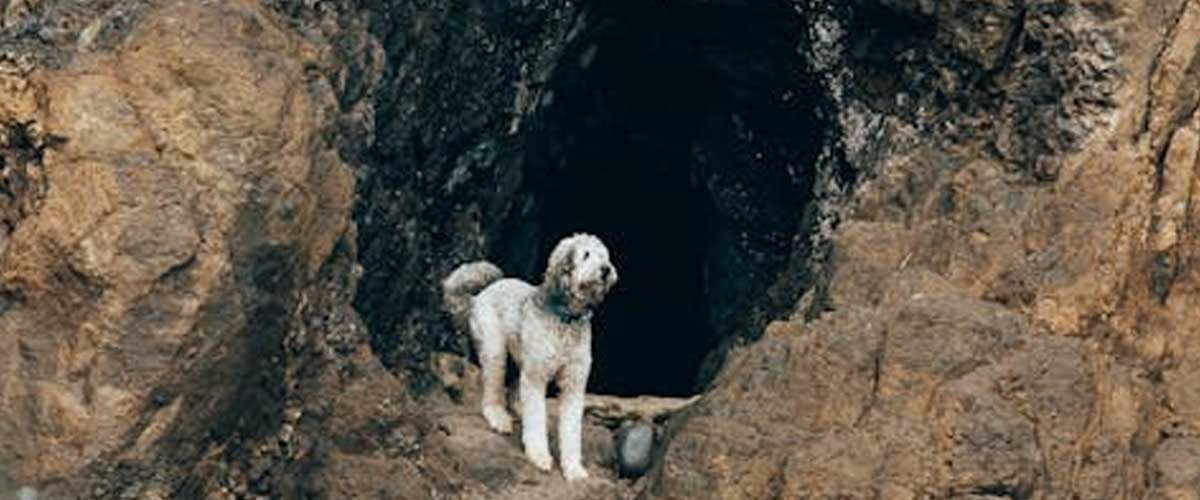Cave rescues can be some of the most challenging and perilous operations for search and rescue teams.
When humans find themselves stranded in dark, confined spaces, time becomes a critical factor.
This is where the invaluable skills of cave rescue dogs come into play.
These specially trained canine heroes are not only companions but vital contributors to successful rescue missions.
Unmatched Senses
Dogs possess an extraordinary sense of smell, estimated to be anywhere from 10,000 to 100,000 times more acute than that of humans.
In cave rescues, this heightened olfactory ability is key.
Dogs can detect scents that are imperceptible to human rescuers, allowing them to locate individuals trapped under debris or within caverns much faster than a human could.
Their keen hearing also enables them to pick up faint noises, like cries for help or movement, which can guide them to the right location.
Specialized Training
Cave rescue dogs undergo rigorous training that often begins in puppyhood.
Trainers typically focus on socialization, obedience, and specific search techniques.
These dogs must learn to navigate complex environments, from rocky terrains to narrow passages filled with obstacles.
They are trained to perform different tasks, such as alerting their handlers to the presence of people, marking locations where a victim might be found, and even providing comfort to the trapped individuals once located.
Additionally, cave rescue dogs learn to work with their human partners in high-stress situations.
This teamwork is crucial, as the bond between the dog and the handler directly impacts the efficiency of the rescue operation.
The dogs must trust their handlers to lead them through challenging environments while handlers must rely on their dogs’ instincts and training.
Heroes in Action
One poignant example of cave rescue dogs in action occurred after the Tham Luang cave incident in Thailand in 2018, where a youth soccer team became trapped.
Canine teams from around the world, including countries like the U.S., Australia, and New Zealand, deployed their trained dogs to assist in the search.
These courageous dogs worked tirelessly, often for hours without rest, navigating the darkness and uncertainty of the cave systems to locate the missing boys.
Their efforts exemplified not only their incredible skills but also their capacity for empathy, offering emotional support when needed most.
Dogs have an innate ability to sense fear and anxiety, and their presence can provide hope and comfort to those in distress.
The Impact on Rescue Operations
The use of dogs in cave rescues has revolutionized search and rescue protocols.
Each canine partner brings unique strengths to the team, often reducing the time needed to locate missing individuals significantly.
According to rescue experts, the incorporation of dogs can increase the success rate of missions, allowing teams to focus their efforts effectively.
Moreover, the presence of rescue dogs can bolster morale among human rescuers.
Their enthusiasm and unwavering loyalty remind teams of the importance of their mission and keep spirits high, even in the most dire situations.
Conclusion
Cave rescue dogs are remarkable animals whose contributions in the field of search and rescue cannot be overstated.
Their training, instincts, and profound bond with their human handlers make them indispensable allies in life-and-death situations.
As technology and methods in rescue operations continue to evolve, the role of these brave dogs remains vital, proving that sometimes the most profound connections can make all the difference when lives are at stake.
With every successful rescue, these canine heroes remind us of the power of teamwork, trust, and unwavering spirit in the face of adversity.









